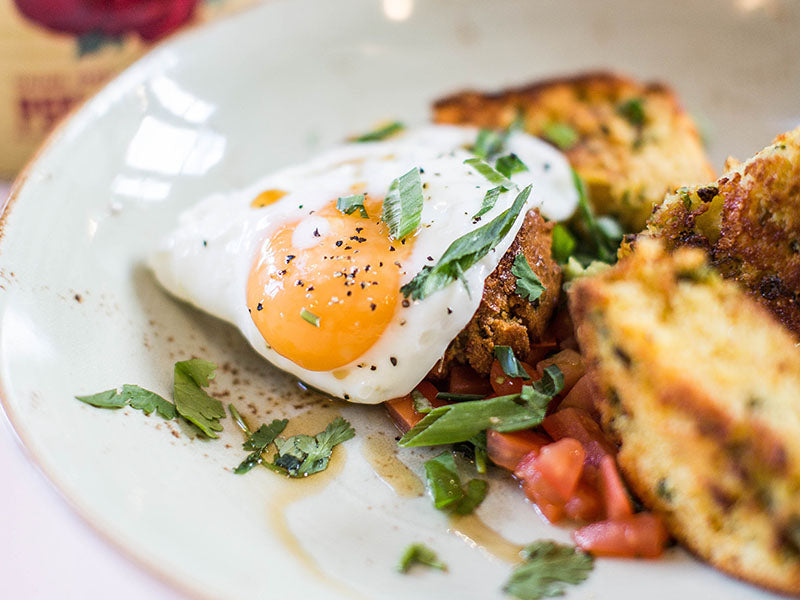You heard your mom say it throughout your childhood and we’ll say it again: Breakfast is the most important meal of the day. When you wake up in the morning, chances are your body hasn’t consumed food in at least eight hours, meaning your body is practically running on fumes.
Put it this way: If your body were a car, your check engine light would be on, your tank would be empty, and you’d need to pull over and fuel up. But if that analogy isn’t enough, give us a chance to throw a science textbook at you. (Just kidding, we’re not those kinds of people. Although there is plenty of research supporting the importance of breakfast.)
But what constitutes a healthy breakfast? At one point in our lives, breakfast consisted of a bowl of Cocoa Puffs and a side of OJ, and our hearts still break knowing that wasn’t the wisest choice. To help you navigate your morning, we put together the ultimate guide to breakfast, showing you how to build a better plate, make smart food choices, and why you should carve out time for this meal in the first place.











